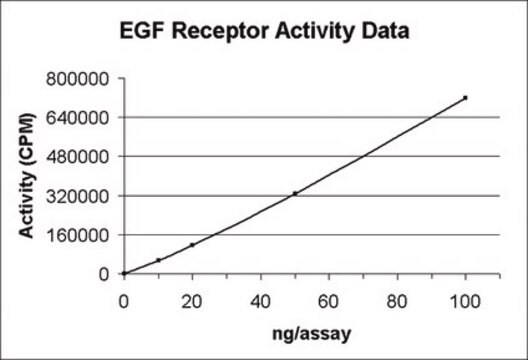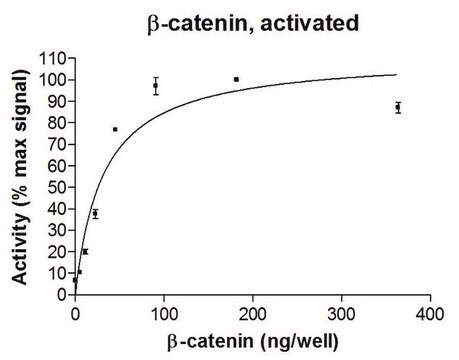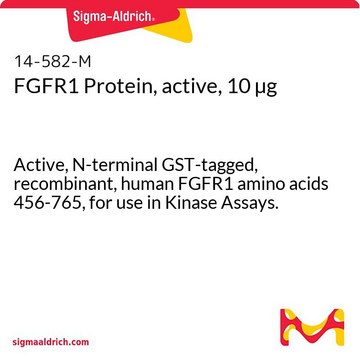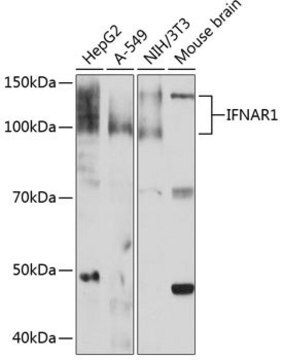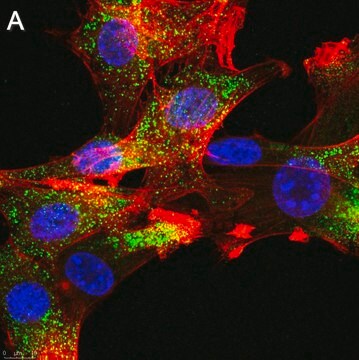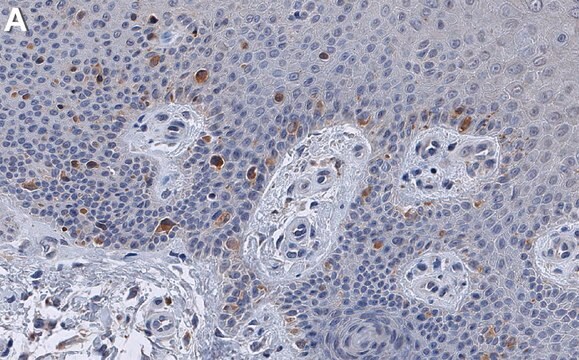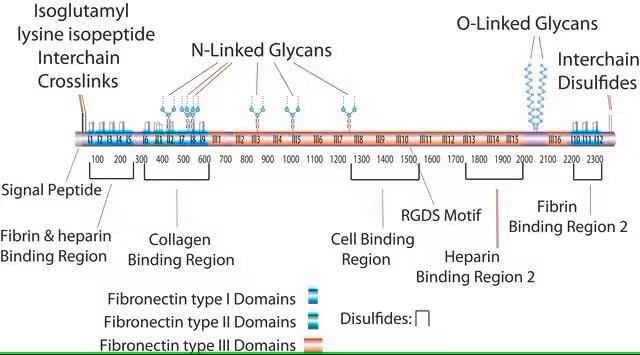14-734-M
FGFR1 (V561M) Protein, active, 10 µg
Active, N-terminal GST-tagged, recombinant, human FGFR1 amino acids 456 -765 containing the V561 mutation. For use in Enzyme Assays.
Synonyme(s) :
Basic Fibroblast Growth Factor Receptor 1, c-fgr, CD331
About This Item
Produits recommandés
Source biologique
human
Niveau de qualité
Produit recombinant
expressed in baculovirus infected Sf21 cells
Poids mol.
Mw 62.3 kDa
Fabricant/nom de marque
Upstate®
Technique(s)
activity assay: suitable
Numéro d'accès UniProt
Informations sur le gène
human ... FGFR1(2260)
Description générale
Application
Metabolism
Obesity
Metabolic Disorders
Actions biochimiques/physiologiques
Qualité
Forme physique
Stockage et stabilité
Autres remarques
Informations légales
Clause de non-responsabilité
Mention d'avertissement
Warning
Mentions de danger
Conseils de prudence
Classification des risques
Skin Sens. 1
Code de la classe de stockage
10 - Combustible liquids
Classe de danger pour l'eau (WGK)
WGK 2
Point d'éclair (°F)
Not applicable
Point d'éclair (°C)
Not applicable
Certificats d'analyse (COA)
Recherchez un Certificats d'analyse (COA) en saisissant le numéro de lot du produit. Les numéros de lot figurent sur l'étiquette du produit après les mots "Lot" ou "Batch".
Déjà en possession de ce produit ?
Retrouvez la documentation relative aux produits que vous avez récemment achetés dans la Bibliothèque de documents.
Notre équipe de scientifiques dispose d'une expérience dans tous les secteurs de la recherche, notamment en sciences de la vie, science des matériaux, synthèse chimique, chromatographie, analyse et dans de nombreux autres domaines..
Contacter notre Service technique
